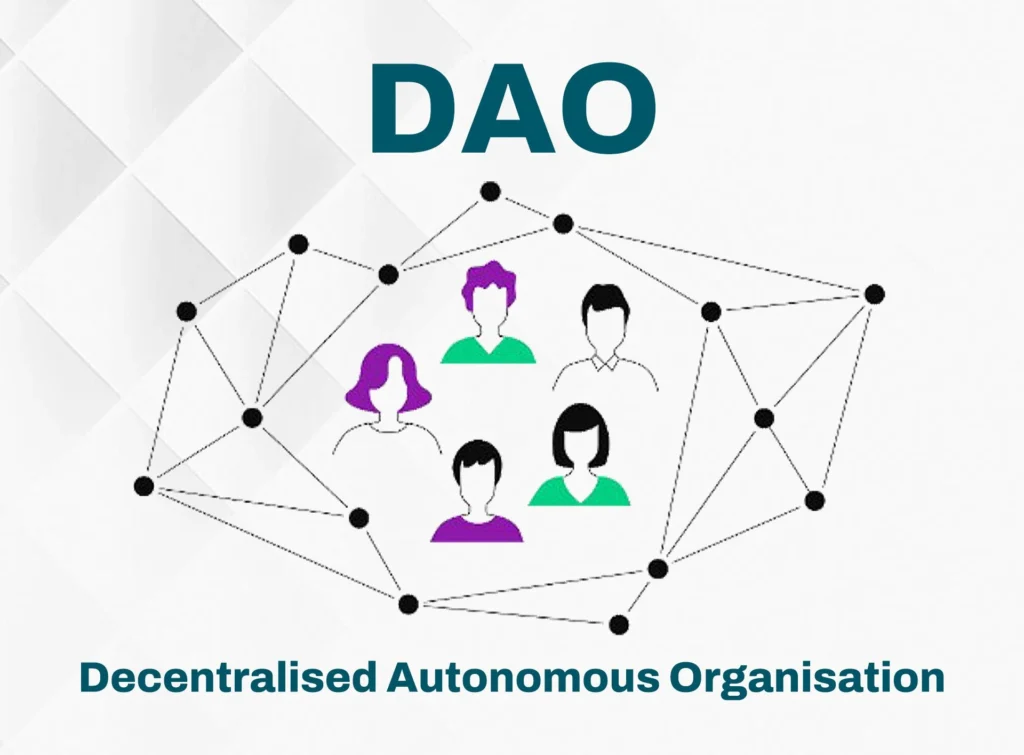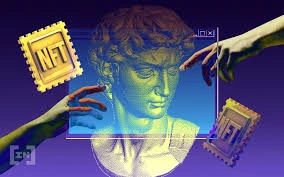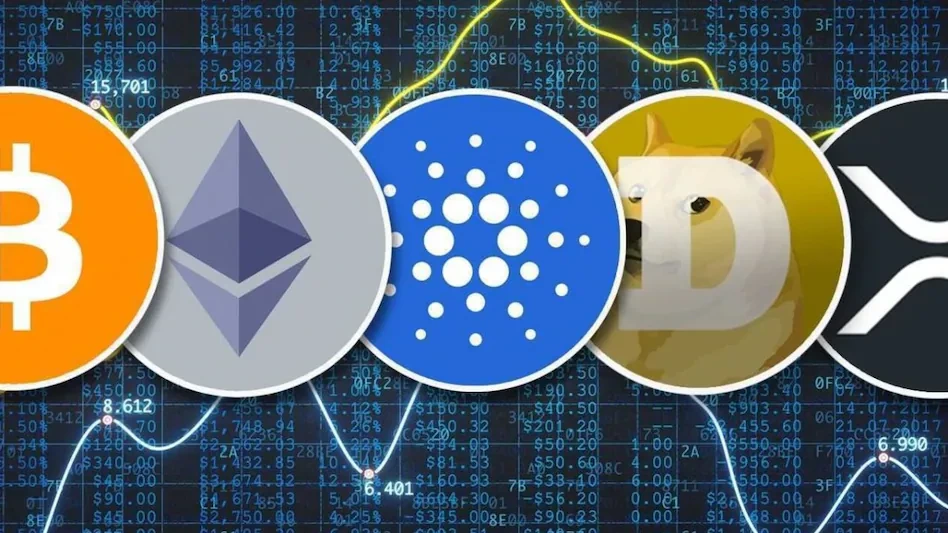The Technical Case for Web3: Key Web2 to Web3 Reasons Explained
Why the Shift from Web2 to Web3 Is Happening (Even If You Haven’t Noticed Yet)
At first glance, “Web2 to Web3 reasons” might sound like something only blockchain insiders care about. But technically, this transition represents a fundamental re-architecture of the internet — from centralized platforms to distributed protocols.
Here’s a breakdown of the core drivers behind the shift and the technologies making it possible.
1. Trust Architecture Is Shifting: From Platforms to Protocols
In Web2, applications are built on centralized stacks — cloud services (e.g., AWS), authentication layers (e.g., OAuth), and proprietary databases. Users rely on platforms to store, manage, and serve their content. Control rests with a small number of gatekeepers.
Web3 introduces decentralized trust.
- Instead of trusting Facebook or Google with data, users interact with blockchain-based smart contracts that are transparent, verifiable, and immutable.
- Decentralized Autonomous Organizations (DAOs) and open protocols reduce the need for corporate intermediaries.
Key Web2 to Web3 reason: Trust shifts from centralized entities to verifiable code — a major evolution in security and governance models.

2. Web2 to Web3 Reasons : Digital Ownership Is Being Rewritten on a Technical Level
Web2 digital ownership is mostly superficial. You license content, you don’t own it. Media is locked to platforms — not transferable, not portable.
Web3 enables true digital ownership via blockchain tokens:
- NFTs represent unique assets with metadata stored on-chain or via IPFS.
- Token standards (e.g., ERC-721, ERC-1155) define ownership, transferability, and provenance.
Key Web2 to Web3 reason: Asset ownership is decoupled from the platforms that host them. Users control their assets — even if the app disappears.


3. Web2 to Web3 Reasons : Monetization Models Are Going Peer-to-Peer
In Web2, monetization relies on:
- Ad revenue (YouTube, Facebook)
- Platform commissions (App Store, Patreon, Etsy)
Creators and developers are subject to:
- Platform policy changes
- High fee structures (Apple’s 30% cut, YouTube’s 45% ad split)
Web3 introduces programmable money and open revenue rails:
- Smart contracts can split revenue autonomously (e.g., creator royalties on NFTs)
- Tokens and tipping (ETH, SOL, etc.) allow direct support
- DeFi integrations offer staking and yield-generation
Key Web2 to Web3 reason: Developers and creators earn directly through tokens, not by feeding the platform’s ad ecosystem.


4. Identity: From Platform Lock-In to Self-Sovereign IDs
Web2 identity = siloed logins, repeated verifications, and centralized control over user credentials.
Web3 identity is wallet-based and portable:
- Ethereum addresses or ENS (Ethereum Name Service) provide persistent identity
- Verifiable Credentials (VCs) and Decentralized Identifiers (DIDs) enable multi-platform use and selective disclosure of data
Key Web2 to Web3 reason: Identity becomes interoperable and user-controlled — not something you have to rebuild for each app or risk losing to a platform ban.

5. Trade-Offs Are Real — But Innovation Persists
Web3 is still maturing. Among the legitimate concerns:
- Scalability: Though Layer 2 solutions (e.g., Arbitrum, Optimism) are improving transaction throughput, bottlenecks remain.
- UX complexity: Wallet setup, gas fees, and private key management still create friction.
- Regulatory grey areas: Jurisdictions are racing to keep up with crypto’s legal implications.
Key Web2 to Web3 reason (despite the risks): The push toward open ecosystems outweighs the growing pains for many developers, users, and innovators.


Conclusion: Web3’s Growth Is Infrastructure-Driven, Not Just Ideological
Whether you’ve noticed or not, the transition is happening quietly but structurally:
- Wallet integrations in apps
- NFT-based ticketing and access
- Token-gated content and commerce
- Protocol-native apps (e.g., Lens, Farcaster)
These are not gimmicks. They’re early signals of an internet that prioritizes user control, composability, and decentralization — core Web2 to Web3 reasons that aren’t going away.
As the stack matures and UI/UX improves, the user base will follow. And when that happens, it won’t be about “Web3 hype” — it’ll be about building the next version of the web on a better foundation.
Relevant Link : Here




